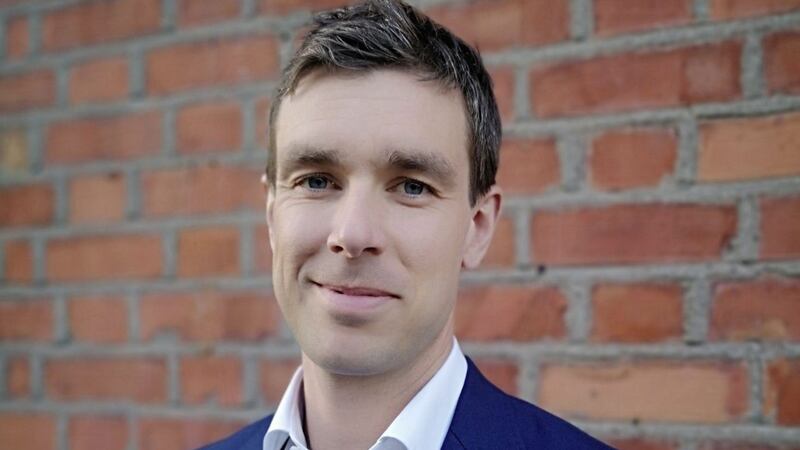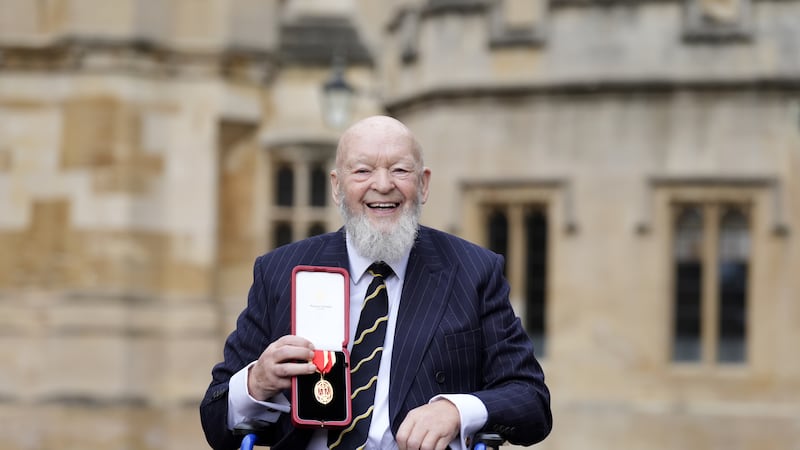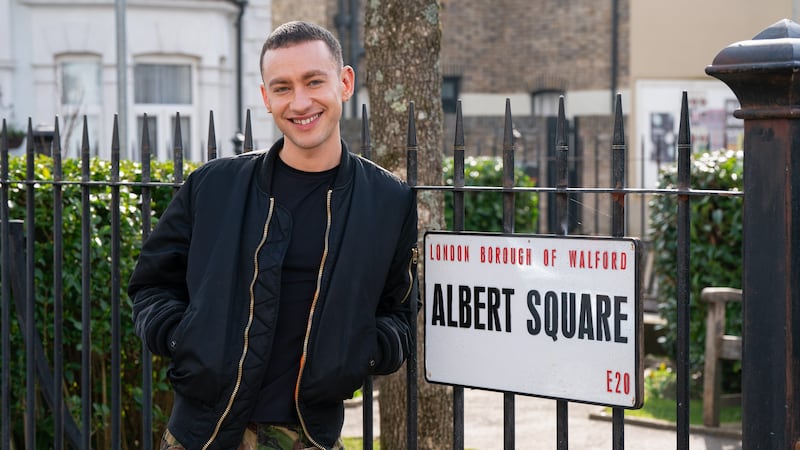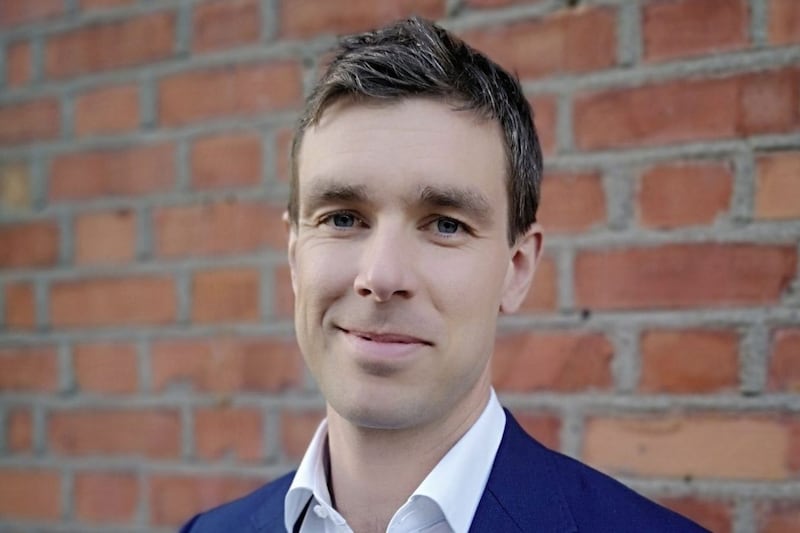You could probably estimate the amount of wealth there is in all the banks in Dublin but the same couldn’t be said about one building in Merrion Square – although it is a different kind of wealth.
At 73 Merrion Square, you’ll find the Irish Traditional Music Archive, which houses an astonishing collection of recordings, musical instruments, books, spoken word collections, and so much more.
It is a godsend to musicians and singers who are looking for various versions of a particular song that maybe has different words or extra verses. Or musicians wanting to hear a long-forgotten tune or find inspiration for the composing of new ones. Or for the social history, the context in which the music was created – and so on and so on.
The current director of the Archive is Liam O’Connor whose own work as an exquisite fiddle player, student, collector, teacher and academic made him a perfect fit for the job.
Indeed, he says that he grew up in an archive, thanks to his father, flute player Mick O’Connor.
“To say my father was obsessed by music – and still is – might be an understatement so all our family holidays were based on music. Things like football weren’t off interest to him,” says Liam who leaves out the fact that he himself was a talented football and hurler, captaining under-age Dublin teams in the process until an injury meant that one night he couldn’t play with piping giant Liam O’Flynn, so that was the end of the sports career.
With Mick O’Connor might have been zealous about the music he never had to force it on his four children – it just seemed the natural thing to do.
All the more natural when Liam Óg regularly got the chance to play with trad A-listers such as Sean Keane of The Chieftains and Noel Hill and Séamus Glackin were his music teachers, and the da had a host of recordings of musician visitors to the family home or of a former neighbour of his, the legendary Tommie Potts.
Did young Liam, who has playing playing music since he was six, soak everything up from these great masters and incorporate them into his own style?
“Well, Séamus Glackin taught me the fiddle for the guts of 10 years so he was hugely influential – although I’m not sure of the reverse psychology where he’d say 'Jeez, if you play that badly, don’t tell anyone I taught you,' laughs Liam. However, he’d be back at class the next week more determined to play his best.
“Another great teacher was Noel Hill who taught me the concertina. I really liked his whole approach to building up a tune and to ornamentation or if he played a tune five or six times around there’d be a subtle build-up of ornamentation or variations which would inject an energy and an excitement into a tune the would bring it to some sort of climax,” says Liam.
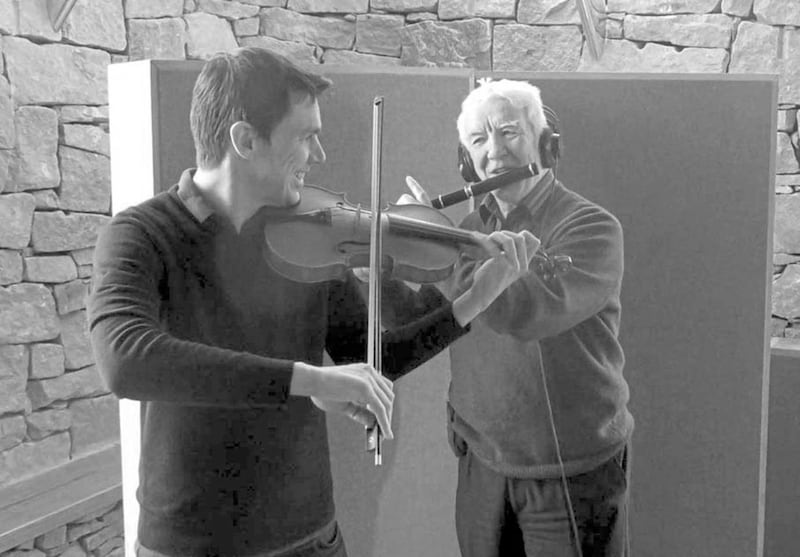
Add to that, being witness to the rhythm, ornamentation and the professionalism of Liam O’Flynn but Liam also had a cohort of gifted peers such as the McKeon brothers and musical friends all around the county with whom he would play and swap tunes.
For Liam, there is also great pleasure in looking through collections of old tunes, seeking out great tunes that might have “fallen through the gap” and that quest has led to one man dominating Liam’s academic interest, Patrick Weston Joyce.
I too am a great fan of PW Joyce but because of his monumental works on Irish place names; however, that is just a small part of the man’s achievements, as Liam explained.
“Joyce had his hand in so many pies,” he says. “He wrote A Social History of Ancient Ireland, he had four collections of Irish music published in his lifetime and another on his deathbed, English as We Speak It In Ireland was an amazing book as well. He also wrote children’s histories of Ireland and, in what must be a first, he also wrote A Concise History of England!”
Ironically enough, PW Joyce’s son used to live in the house which is now home to the ITMA, the biggest archive of Irish traditional music, song and dance in the world, and for anyone wishing to avail of its riches, it is accessible to everyone, free of charge.
However, Liam sees his major task as progressing the physical collections into a digital archive that would be available to anyone anywhere in the world.
“I think interest in Irish music is global now,” says Liam. “I don’t think there’s been a time where there has been as many people learning or playing Irish traditional music and it’s not limited to Ireland any more.
"It’s not just in Sliabh Luachra or Gaoth Dobhair or west or east Clare – we’re talking about they guy in Moscow who is learning to play the fiddle in the Sliabh Leacher style or the people in Japan who have a very keen interest in the fiddle playing of Tommy Peoples. So lots of people abroad aren’t just interested in Irish music, they are interested in very particular styles of Irish music.
“We have to collect the rare material and to preserve the music that is at risk so digitising is very important. But, separate to that, there is an artistic and strategic importance to connecting artists with this archive material to inspire new interpretations of the tradition.”
By connecting top artists with the material, he hopes it will demystify an archive that is already universally accessible and not at all privileged.
This month Louise Mulcahy is in the Merrion Square building looking at the Liam O’Flynn collection – Liam of course, bequeathed Louise his pipes.
“We are going to make a video to show the good use that Louise is making of the archive and that will inspire other people to use the same resources.”
I could have asked Liam about his study of Irish language songs in the Doegen collection, his study of folklore... but there simply wasn’t time – or space in this article – so those will have to wait for another time.
For Liam himself, there is very little live performance for him to do; however, there is to be a streamed concert on September 17 as part of Dublin’s Musictown festival which will pay tribute to Tommie Potts, the Fireman Fiddler of the Coombe.
The event features performances by Liam and Aoife Ní Bhriain, a world-renowned traditional fiddler and classical violinist, who notably explored the links between Tommie Potts and JS Bach in a recent National Concert Hall residency.
:: You can see the huge resources already online by going to the Irish Traditional Music Archive at itma.ie
